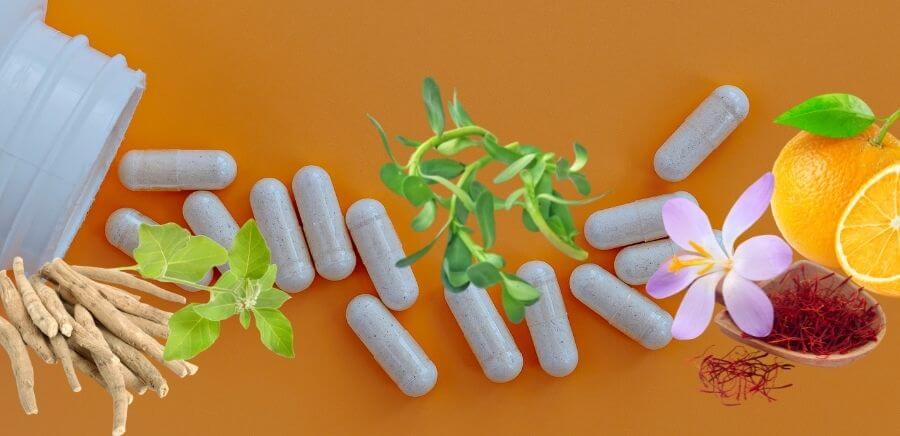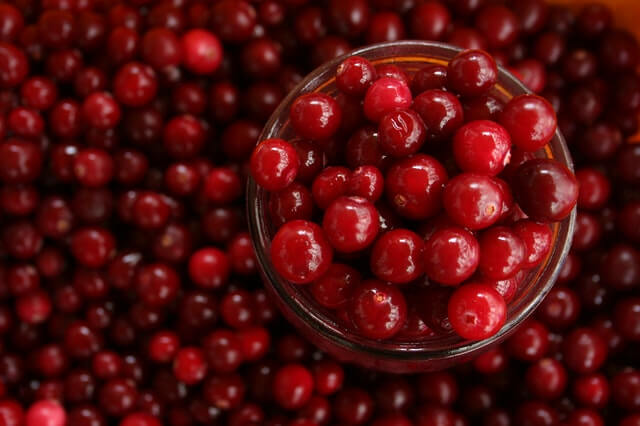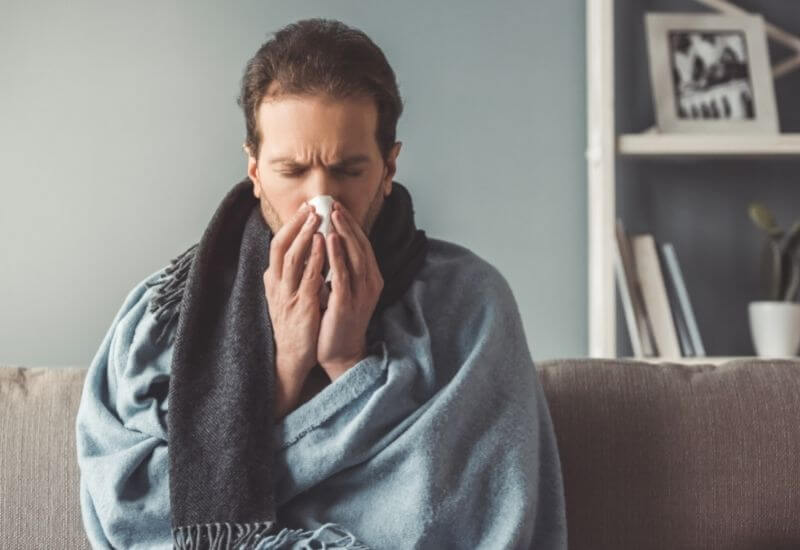Is there a safe amount of alcohol consumption?
A lot of us have increased our alcohol consumption since the beginning of the pandemic. One survey by nonprofit group RAND Corporation from last year found that alcohol consumption rose by 14% among U.S. adults 18 and older compared with before COVID-19 hit. Another study reported that the top three reasons for increased pandemic drinking included increased stress, increased alcohol availability, and boredom.
Frequent drinking doesn’t necessarily mean that you have an alcohol problem or that you have to quit entirely. However, it’s important to know that emerging evidence suggests that there’s no safe amount of alcohol consumption, meaning that even moderate or casual drinking can have a negative impact on your health. The consensus for defining “moderate drinking” is about 1 drink a day for women and 1-2 for men. It is a matter of balancing risks and health benefits.
In addition to the known side effects of excessive alcohol drinking, like high blood pressure, mental health problems, liver damage, and memory problems, a new wave of research has started shedding light on other lesser-known issues that alcohol consumption may lead to.
Recent findings on alcohol and health
Alcohol and sugar
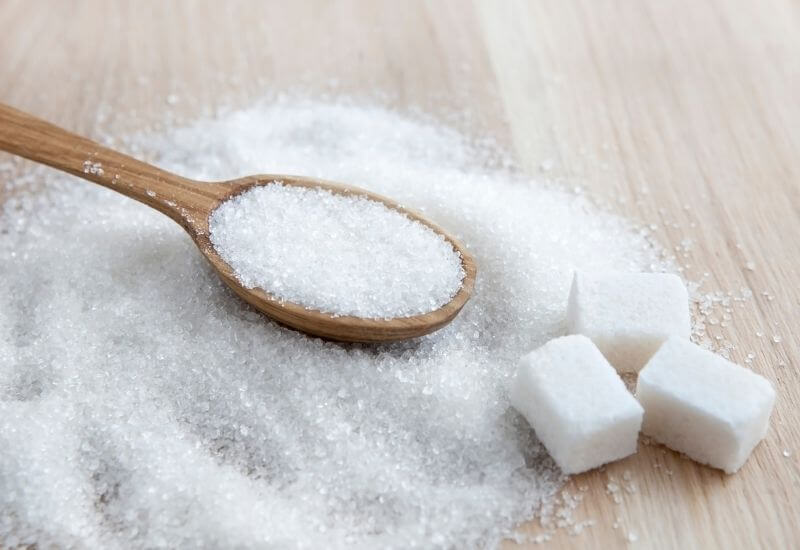
The places where you find sugar nowadays are nothing short of perplexing. Canned veggies, pasta sauce, yogurt, salad dressing, and yes, your five-o-clock margarita are chocked full of sugar. But there’s a common misconception that many popular spirits, like vodka, tequila, gin, and whisky, are okay to drink because they don’t contain any.
Drinking can have a confusing effect on the body. Between meals, when you haven’t drunk any alcohol, your liver works hard to produce new glucose (sugar) for energy and sustenance. This is key for regulating your blood sugar levels throughout the day. But alcohol interrupts your liver’s ability to create and release enough glucose to keep your sugar levels from dropping dangerously low.
In heavy drinkers and people with diabetes, this can lead to hypoglycemia; a serious condition where glucose concentration in the blood drops below the healthy range, potentially leading to complications like seizures, loss of consciousness, coma, and death. However, a study from July 2020 in the Journal of Diabetic Investigation found that even among moderate and occasional drinkers, combining alcohol with sugary foods or drinks significantly increases a person’s risk of developing hypoglycemia.
The cognitive consequences of underage drinking

Studies show that consuming alcohol at a young age can impact how a teenager’s brain develops, delay puberty, disrupt sleeping patterns, and increase the risk of having alcohol problems later in life. Unfortunately, alcohol consumption in the United States is higher in teens than in adults, not because adolescents drink more often, but because they do so in greater quantities.
In a review of studies from August 2018 published in Nature, investigators found that repeated exposure to alcohol during adolescence and young adulthood can lead to significant structural and neural changes in the brain. These effects were seen both in human and animal studies. The analysis revealed that drinking alcohol can impair neurogenesis, or the brain’s ability to regenerate itself, as well as cause long-term deficits in visual learning, memory, and concentration, and behavior.
Teenagers often find themselves in social situations where they’re offered alcohol, commonly by their peers. And when all their friends drink, it can be hard to say “no.” But it can also be difficult for parents, teachers, and other loved ones to recognize the signs of underage drinking. According to the Substance Abuse and Mental Health Administration (SAMHSA), a drinking problem is more likely if you notice several of the following warning signs at the same time:
- Mood changes
- Problems at school, including poor attendance, low grades, and/or recent or frequent disciplinary action
- Friend changes
- Rebellion against family rules
- Memory lapses, poor concentration, bloodshot eyes, lack of coordination, or slurred speech
- Finding alcohol among your child’s belongings
Findings on alcohol and colorectal cancer
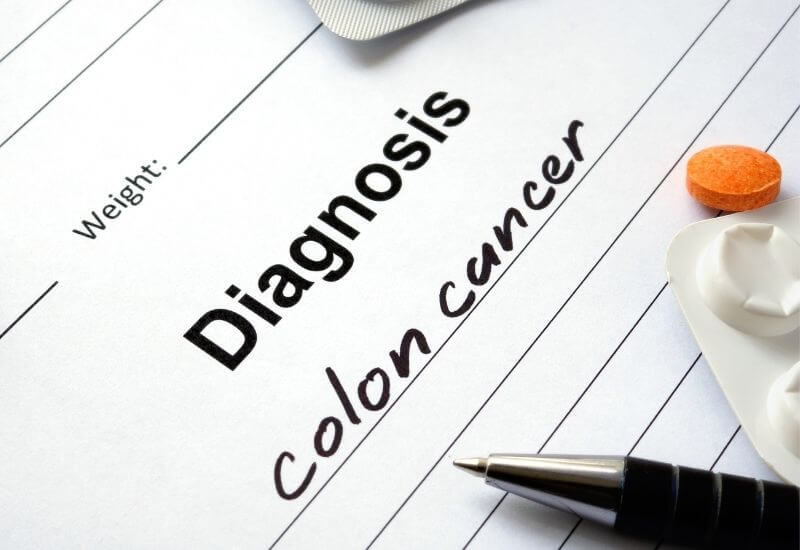
Colorectal (colon) cancer is the second leading cause of death in the United States and the third leading cause of cancer death in both men and women. It often begins as a benign growth called a polyp inside the large intestine and rectum. Over time, polyps can mutate and become cancerous.
Research suggests that alcohol intake, even in small amounts, is one of the major risk factors for colon cancer. In fact, moderate to heavy drinking is associated with a 1.2 to 1.5-fold increased risk of developing colon and rectum cancers.
A 2018 study in the journal Cancers looked at the potential mechanisms by which alcohol consumption may lead to colorectal cancer. They discovered that alcohol can trigger a plethora of reactions at the molecular, DNA, and RNA levels that can encourage the formation of carcinogenic cells. The study’s authors also noted that heavy drinkers are more likely to eat an unhealthy diet and be more sedentary, which are also significant risk factors for colon cancer.
The good news is that colon cancer is highly preventable. An unchecked colon polyp has a 10 to 40% chance of becoming cancerous if left unchecked. However, routine colonoscopies are 100% effective for finding and eliminating benign polyps before turning into cancer. If there’s a history of colon cancer in your family, it’s also in your best interest to abstain from alcohol completely. Avoiding cigarette smoke, controlling your weight, and limiting red meat (especially processed red meat) are also effective ways of lowering your chances of developing colon and rectum cancer.
More studies on moderate drinking
According to an Oxford study out of the U.K. even “moderate” drinking adversely affects nearly every part of the brain and therefore, for the brain, there is no safe amount of alcohol consumption. Brain scans of 25,000 British participants with an average age of 54 were performed to measure the relationship between moderate alcohol consumption and brain health. They found that alcohol consumption tracked with decreases in brain grey matter as well as white matter. Binge drinking alcohol posed additional negative effects on brain structure, in addition to the impact of the volume of alcohol consumed. It’s interesting to note that researchers did not find any difference on the impact of drinking between types of liquor, such as wine versus beer or other alcoholic beverages.

A final word
Some of these findings may surprise moderate drinkers, however, the risk to one’s health increases with the increase in alcohol consumption so if you do drink, and don’t intend to quit any time soon, then reducing your sugar intake and drinking moderately is best.





